Learn Astrophotography with Frank!
Check out our online courses, and learn the secrets behind the images on this site! Select one to learn more.
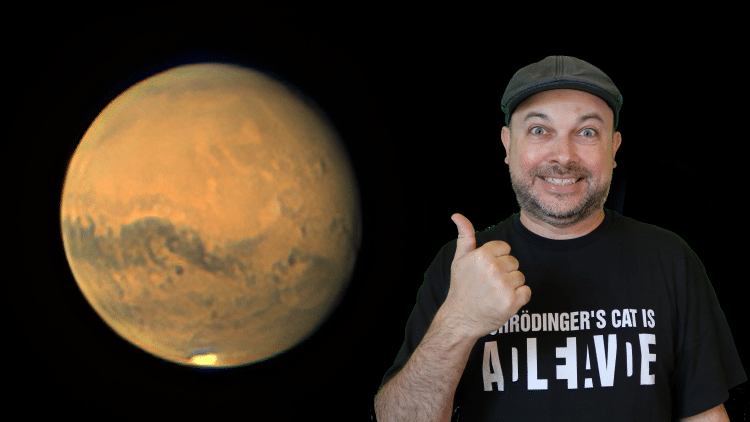
Check out our online courses, and learn the secrets behind the images on this site! Select one to learn more.
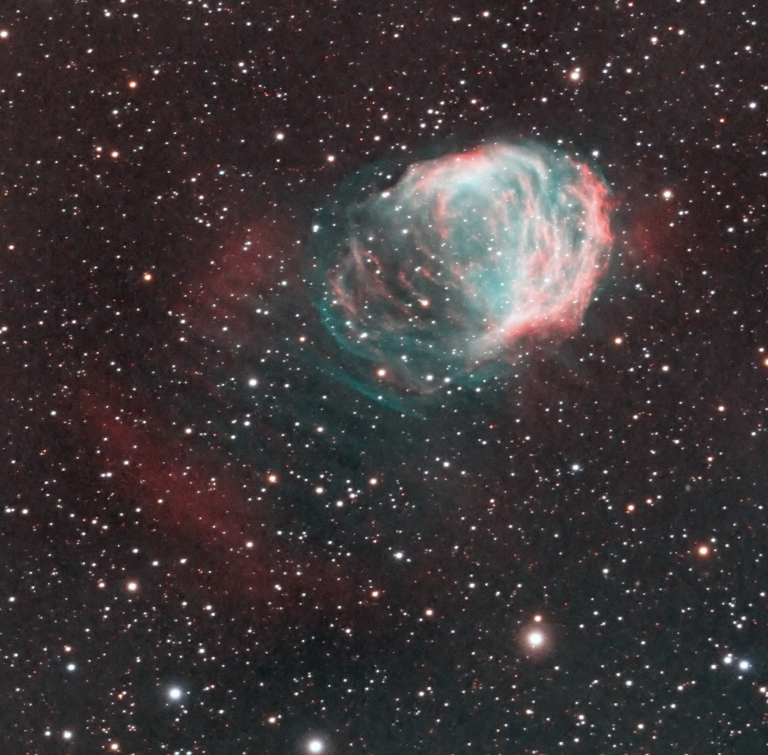
This is planetary nebula PK205+14.1, but its common name “The Medusa Nebula” rolls off the tongue a little better. About 1500 light-years away within the constellation Gemini, you’re seeing the gas blown off by a small star that ran out of fuel, and blew up into a red giant – later to end its life…
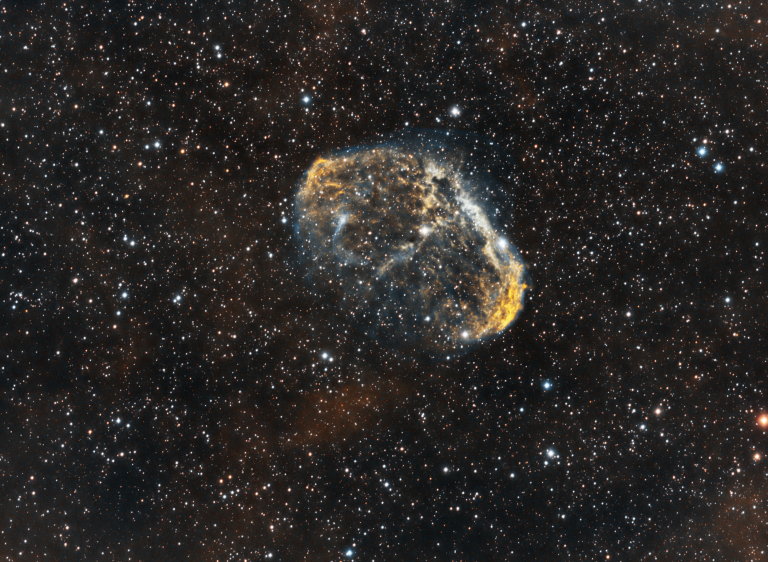
Like the Bubble Nebula, and Thor’s Helmet, this is formed by the fast stellar wind of the extremely hot star at its heart – which interacts in complex ways from the wind left over from when this star was a red giant. This is roughly 5,000 light-years away. These images were taken over the span…
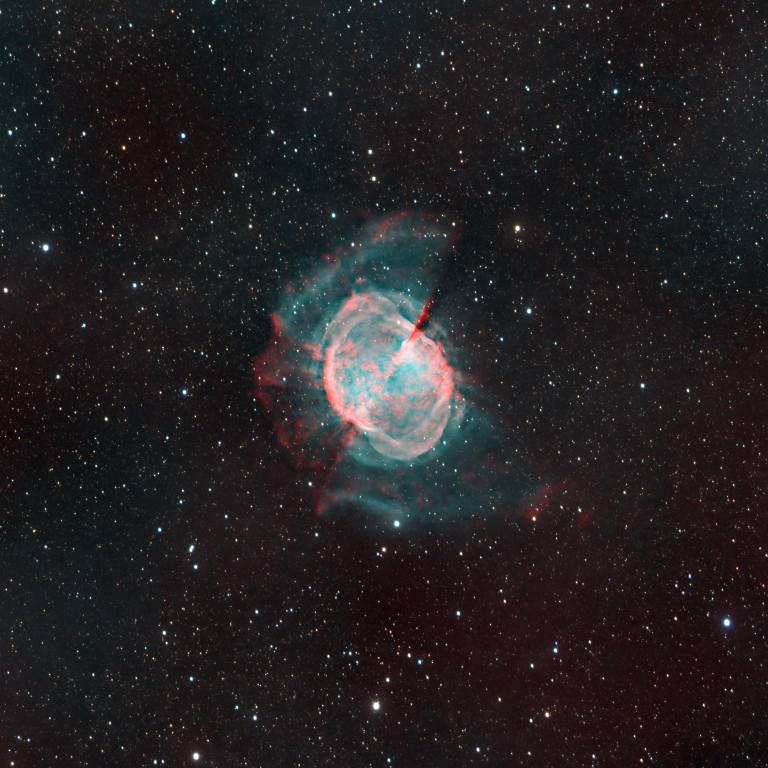
This is M27, the “Dumbbell Nebula,” about 1600 light-years away. It’s what’s called a planetary nebula – not because it has anything to do with planets, but because early observers confused them for planets. In reality it’s far more interesting. This is what’s left over when a medium-sized star runs out of Hydrogen to fuse,…
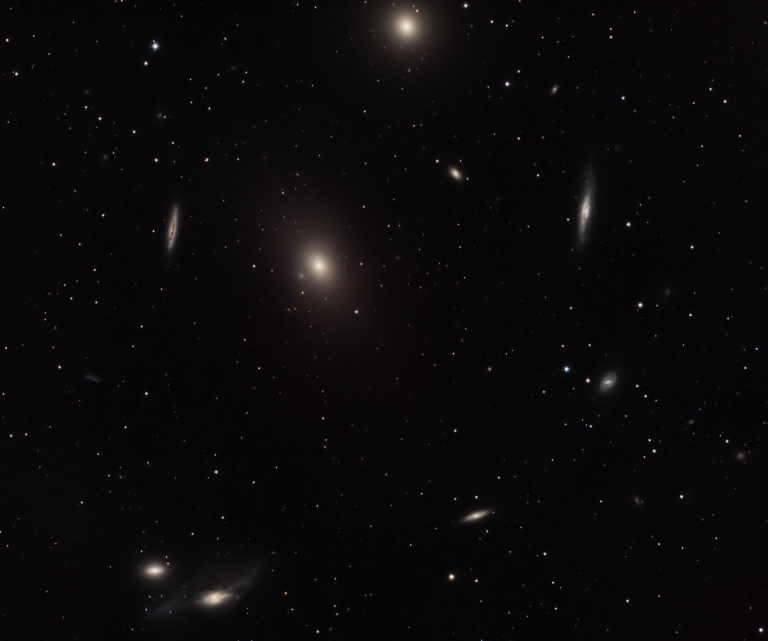
This is actually only a portion of a string of galaxies that make up the Virgo supercluster of galaxies, around 50-60 million light-years away.
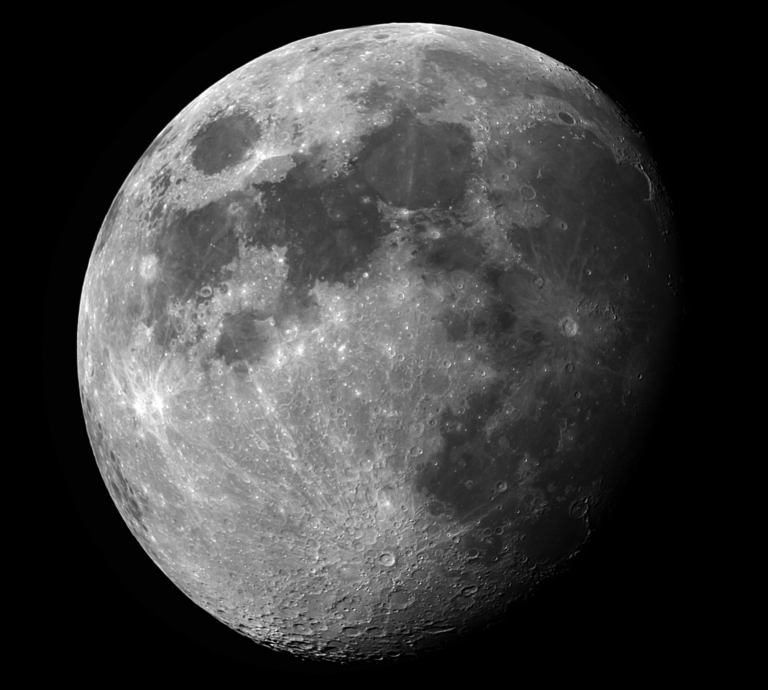
Last weekend, I hosted an astrophotography workshop on lunar photography for our local astronomy club. Tonight the skies finally cleared, and I got to apply what was learned! Here’s our lunar neighbor, in hi-res glory.
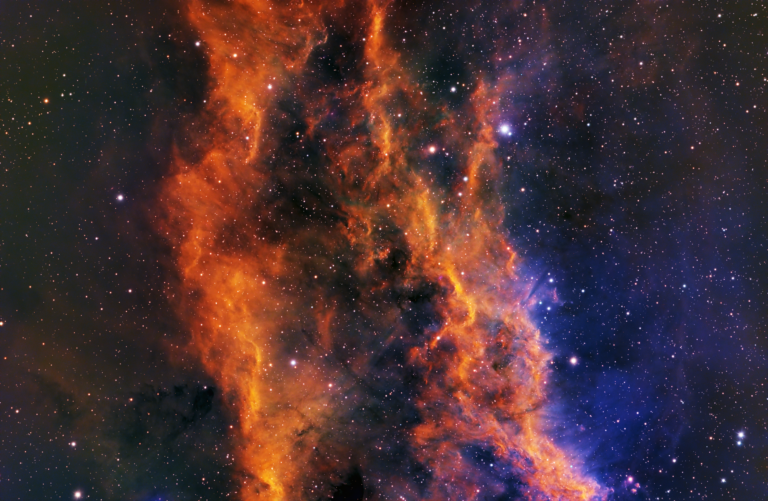
The “California Nebula” (NGC1499) does actually kinda look like California, if you look at the whole thing. But the whole thing is too big in the sky to fit within the field of view of my telescope. So, here’s an interesting portion of it near one of its ends at least. From this angle, it…
Clicking on both the links on online courses (at http://18.216.0.7/2020/12/16/learn-astrophotography-with-frank/?mc_cid=e5ec7b030e&mc_eid=d2939fb3f3) is giving error. It seems briefly it comes on and then shows the error. I am an enthusiast for astro photography.
Thanks for letting me know! I think this is cleared up now.